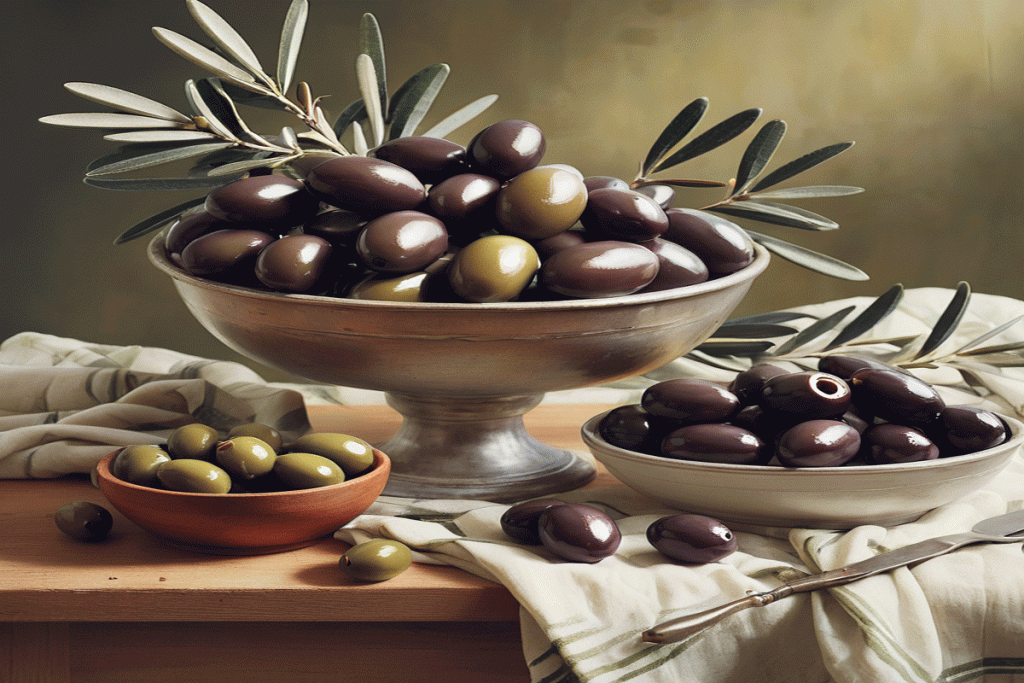World Olive Production by Country
World Olive Production by Country Seamerco research team wrote this article Countries by
Seamerco research team wrote this article

The olives just picked from the tree have a very intense and particularly bitter taste that has little to do with the olives we buy in brine or in the supermarket; before consuming or storing them, it is necessary to treat them to remove the bitterness. When is it necessary to remove the bitterness from olives? When we treat olives that have just been picked from the tree and that have not undergone any processing phase. Eliminating the excessive bitter component is very simple and, based on the time and patience you have, you can choose between different options.
Immerse the olives in a basin and cover them completely with cold water. Change the water twice a day, morning and evening, for two weeks; in this period of time the olives will lose their bitter substance and can finally be tasted, or preserved in brine. Although it is not a very fast method, this water method is undoubtedly the best one because it is totally natural.
Whether green or black, the olives will be stored in sterilized jars in a solution of water and salt first brought to a boil and then cooled, with the addition of a simple bay leaf. Proportions: 1 kilogram of olives, 1 liter of water and 100 grams of salt, in this way you will have firm and tasty olives for a year
The method with salt is a very ancient method of storing with which we can simultaneously flavor the olives and have them available for a long time. After making sure that the olives are intact, take a large container and form alternate layers of olives and coarse salt so that the olives are completely covered. Let the olives “rest” for 10 days and then clean them under running water, dry them and season them according to your taste before storing them in jars;
Halfway between a side dish and a storing, ideal especially for black olives. Put the olives in a colander, cover them with coarse salt and let them rest for ten days. After the necessary time, clean the olives, season them with garlic, chilli pepper and oregano and store them in jars completely covered with oil.
An ideal preparation for freshly picked green olives, but also for black ones. Prepare a brine with 100 grams of salt for each liter of water, then cut all the olives and place them in a sterilized jar, adding slices of lemon, garlic to taste, a few bay leaves, mint, or thyme and rosemary, and then proceed with layers of olives and aromatic herbs until all the ingredients are used up. Finally, cover everything well with the brine and seal the jar tightly. Store the jar in a cool, dry and possibly dark place, remembering to turn it upside down every now and then, putting it back in the right direction. After 10 days the contents of the jar will change color; you can check if the olives have become sweet after about 2 months and, if not, close the jar again and store for another 20 days.

Olives are a common ingredient in salads, where they add a salty, briny flavor. They can be used in both green salads and salads with grilled or roasted vegetables.
Olives are a popular appetizer, and can be served on their own or with other ingredients, such as cheese or bread.
Olives can be added to main courses, such as pasta dishes, pizzas, and stews. They add a salty, briny flavor to the dish and can help to balance out other flavors.
Olives can even be used in desserts, such as olive oil cake or olive bread. They add a unique flavor to desserts and can help to create a more complex flavor profile.
World Olive Production by Country Seamerco research team wrote this article Countries by
Types of olive packaging Seamerco research team wrote this article cost-effective making an
History of the Olives Seamerco research team wrote this article The olive branch